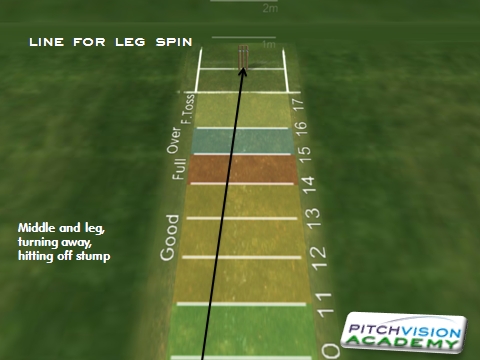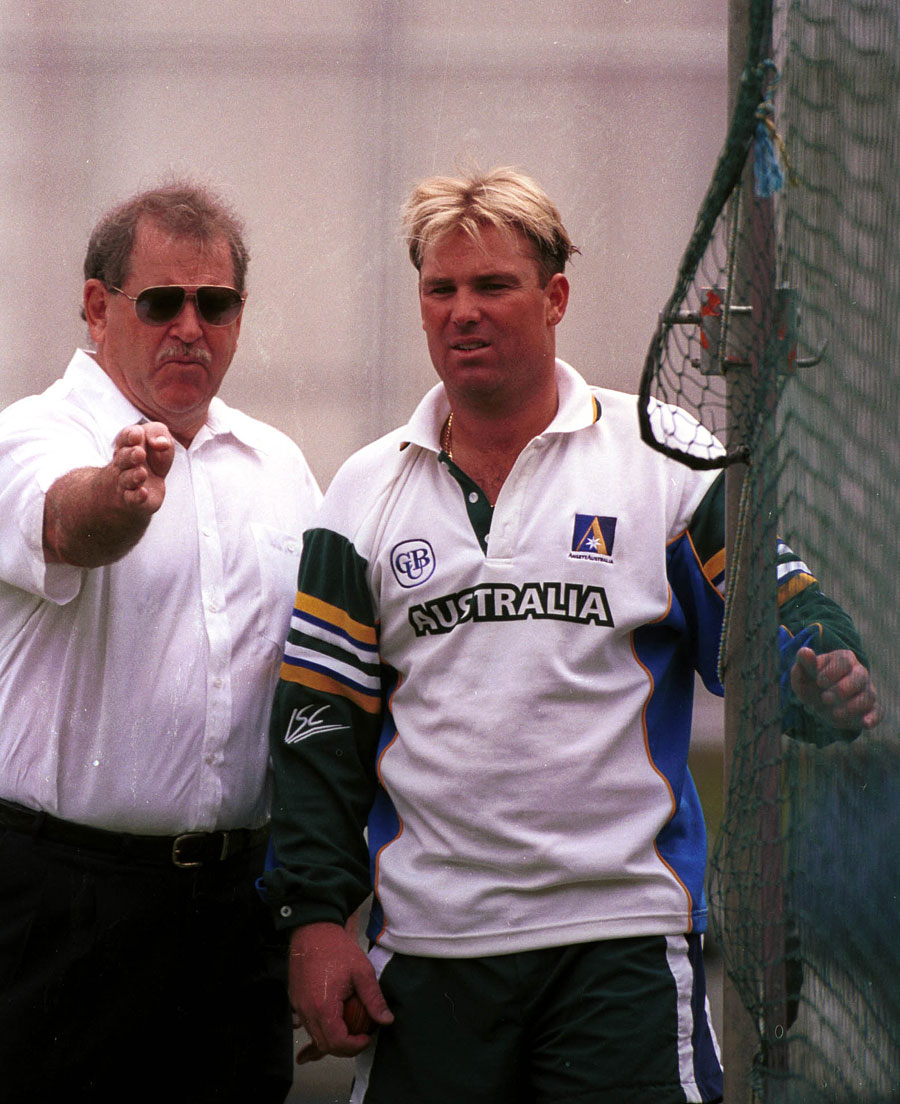It was a distinct pleasure to watch India bat in the first Test against New Zealand. It was good to see spin bowling played so well.
I especially enjoyed the play of Cheteshwar Pujara. I love the way he quickly gets back to either play a forcing shot through the covers or a pull to the midwicket boundary. Many batsmen limit themselves by "closing off" when they play the pull shot, but Pujara opens up, thrusting his left leg towards the square-leg umpire, and creates a wider arc in which to place the ball. He was well supported by M Vijay, a dangerous opponent because he handles the new ball competently and can extend his innings by playing spin bowling well. This pair and Virat Kohli give India a trifecta of batsmen who can dictate terms to opposition spinners.
As well as watching the Test on television, I was also in the process of reading Gideon Haigh's excellent new book, Stroke of Genius. It's about Victor Trumper's batting artistry captured in one photograph, titled "Jumping Out". In his playing days, Trumper extolled the virtue of footwork with this simple philosophy: "Spoil a bowler's length and you've got him."
This statement accords with the best use of the feet against a top-class legspinner that I've witnessed. Following VVS Laxman's magnificent 2000-01 series against Australia in general and Shane Warne in particular, I asked Warne how he thought he had bowled. "I didn't think I bowled badly," replied Warne. "You didn't," I answered. "When a batsman comes out three metres and drives you wide of mid-on and then when you go higher and shorter to tempt him with the next delivery, he's quickly onto the back foot and pulls through midwicket, that's not bad bowling."
In the words of Trumper, Laxman's nimble footwork, ensured "he'd got him [Warne]." It's this type of decisive footwork that allows a batsman to dictate the bowler's field placings. Both Pujara and Vijay did this exquisitely by employing the late cut and either the square cut or the forcing shot off the back foot. By playing both shots, they forced the fielding captain to place a man behind as well as just in front of point. When a captain has to expend two men patrolling a limited area, it leaves some inviting gaps elsewhere.
Good footwork is not only decisive, it's also physically demanding if you play a long innings. Pujara, like my former team-mate Doug Walters, the best player of offspin bowling I've seen, pushes back with intent. If Mitchell Santner had done something similar instead of just swivelling in the crease, his admirable rearguard action may have continued longer.
Too many batsmen are easily tempted into lazy footwork. They either prop forward one pace or just swivel on the back foot rather than advancing to attack the delivery or quickly retreating to allow more time to place the shot.
Some right-hand batsmen also limit themselves by moving outside off stump to thwart offspinners. This theory is flawed because it's based on survival rather than on developing a method that creates more scoring opportunities as opposed to than fewer.
As well as stifling scoring opportunities, this theory also opens batsmen up to being ambushed by smart bowlers like R Ashwin. He achieved such a dismissal when he cleverly out-thought Ish Sodhi to bowl him behind his pads.
The more proficient a spin bowler, the more attacking a batsman's thought process needs to be. This doesn't mean coming up with ways to belt him to or over the boundary but rather thinking of how to score regularly and frustrate the spinner. This is a demanding process both physically and mentally and isn't achieved by lazy or leaden footwork.
For some time India has been the leading light in producing batsmen who are devoid of gimmicks and rely on tried and tested methods to score at every opportunity. Whatever development methods India are employing for their young batsmen, the rest of the cricket world should start taking notice.


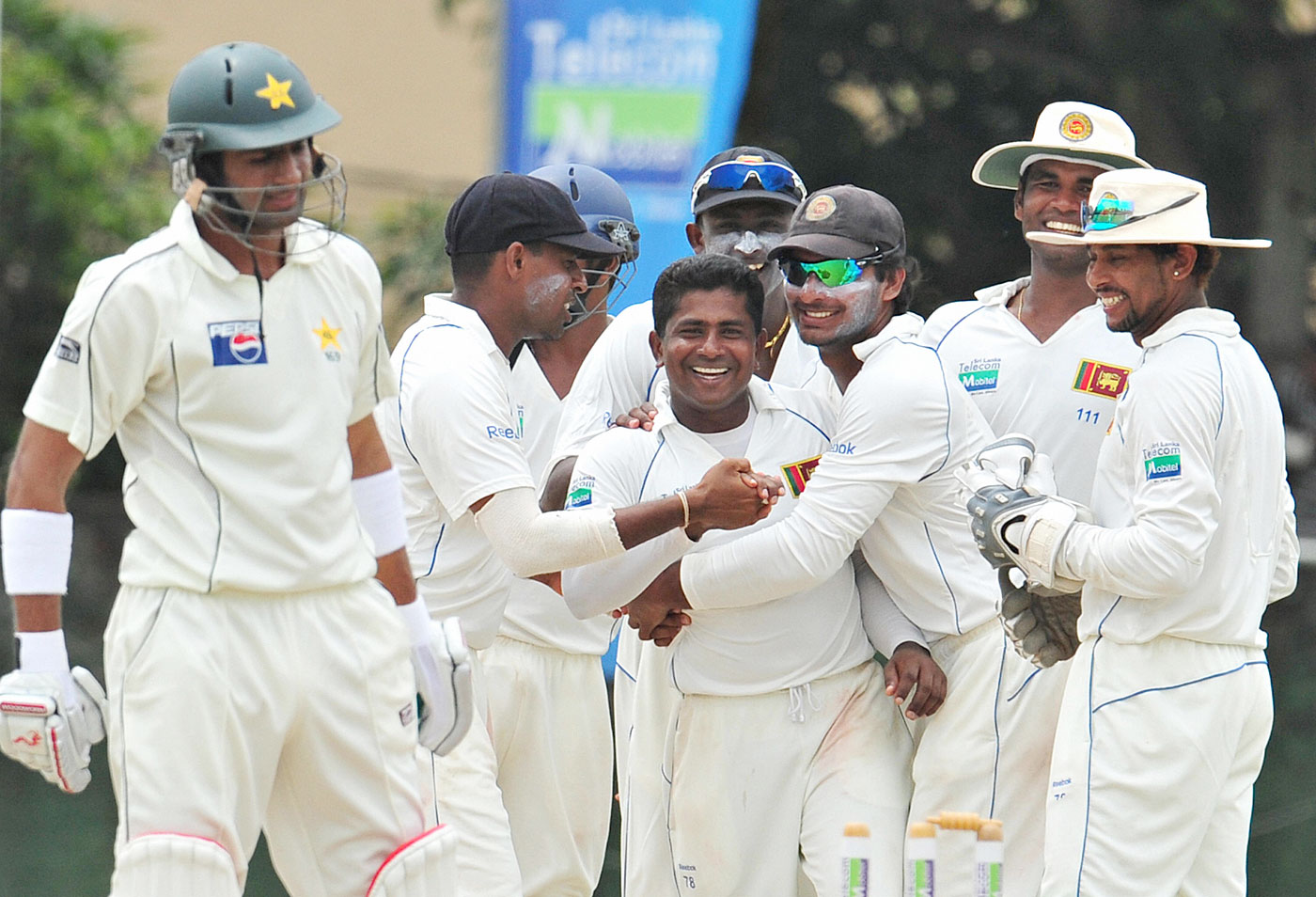 Where the plumbers, plasterers, policemen and pot-washers of North Staffs had succeeded against Herath, the Pakistani batsmen of 2009 failed miserably © AFP
Where the plumbers, plasterers, policemen and pot-washers of North Staffs had succeeded against Herath, the Pakistani batsmen of 2009 failed miserably © AFP
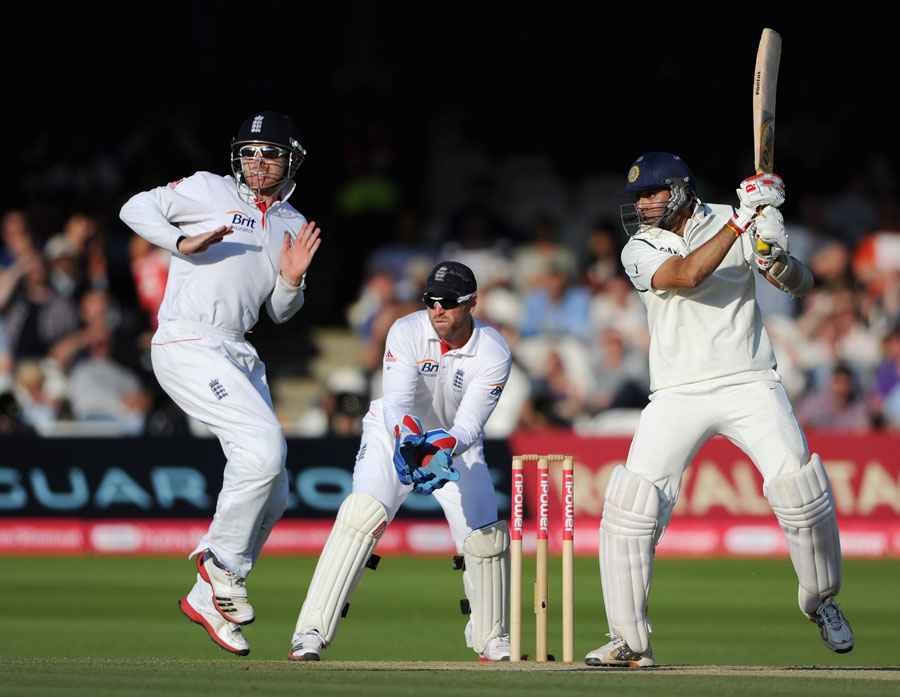 VVS Laxman set a worthy example of how to play on a pitch that takes turn: by scoring more off the back foot than off the front © Getty Images
VVS Laxman set a worthy example of how to play on a pitch that takes turn: by scoring more off the back foot than off the front © Getty Images If he is to enjoy further success in international cricket, Harbhajan Singh must remember that the offbreak is his stock delivery, not the doosra © BCCI
If he is to enjoy further success in international cricket, Harbhajan Singh must remember that the offbreak is his stock delivery, not the doosra © BCCI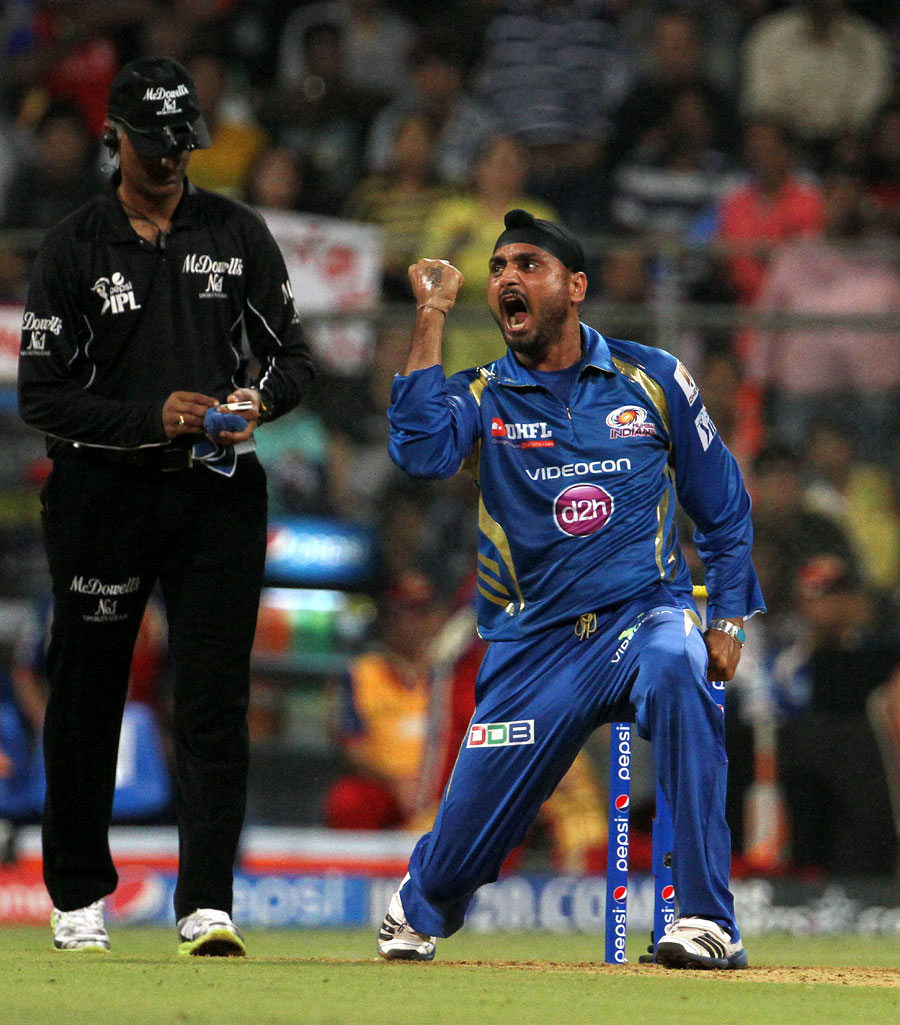 As T20 cricket took root, Harbhajan seemed to focus more on variations and lost his zing © BCCI
As T20 cricket took root, Harbhajan seemed to focus more on variations and lost his zing © BCCI
